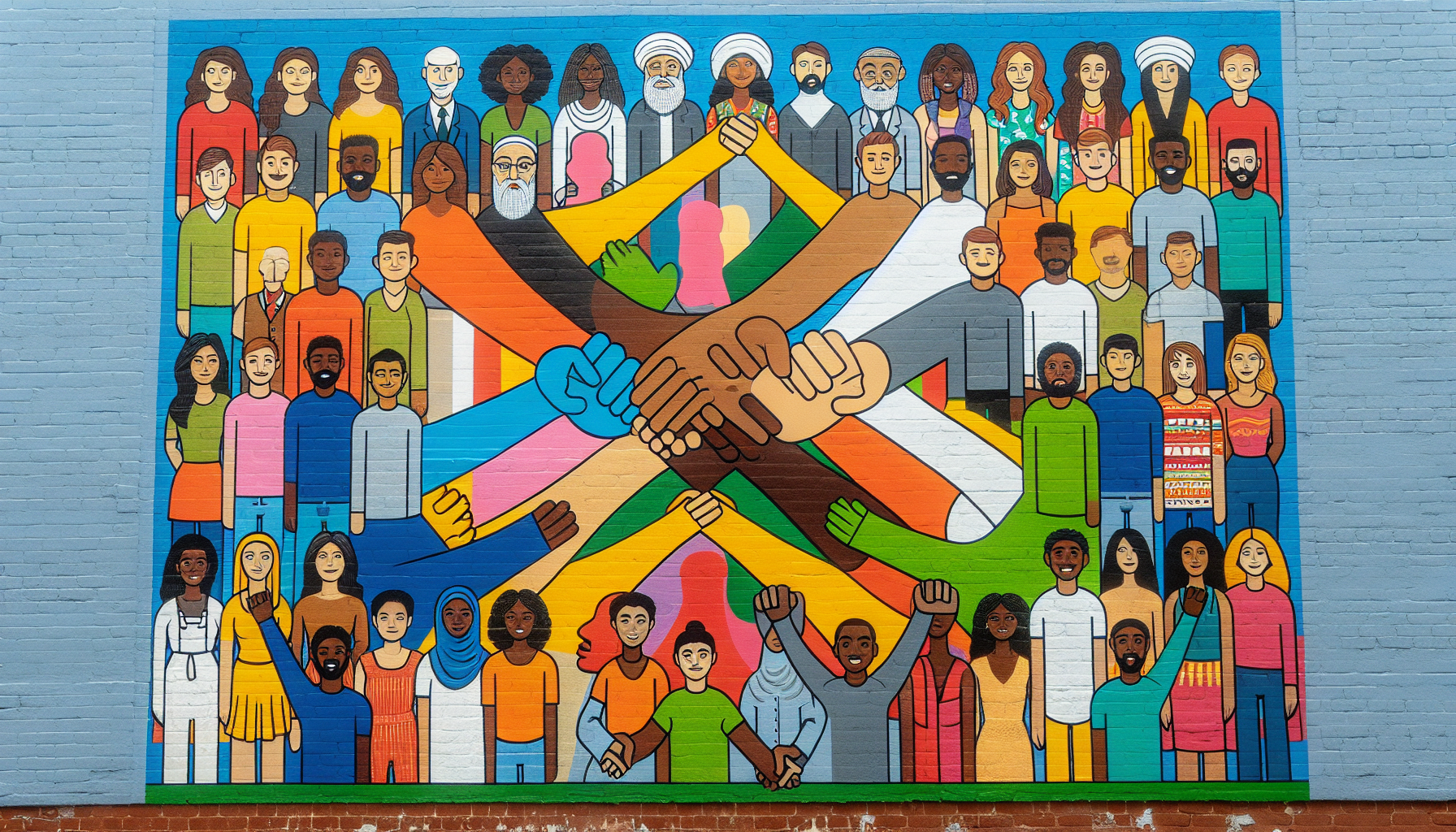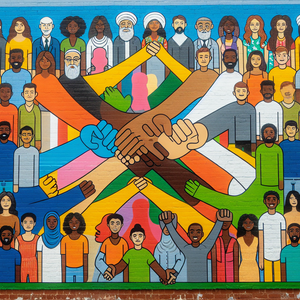The Role of Slavery in New York's Economic Development

Established by the Dutch as New Amsterdam in the early 17th century, the New York Colony quickly evolved into a vital center of trade and commerce. Its strategic location along the Hudson River facilitated the easy transport of goods, making it an attractive site for merchants and traders. The economy was multifaceted, encompassing agriculture, trade, shipbuilding, and various crafts. However, the reliance on enslaved labor was a crucial element that enabled these industries to thrive. In the early days of the colony, the demand for labor outstripped the supply of indentured servants, leading to the increased importation of enslaved Africans. By the 18th century, enslaved individuals represented a significant portion of New York City's population, indicating their integral role in economic activities throughout the colony.
Enslaved Labor in Agriculture and Trade
Agriculture was a cornerstone of the New York economy, with crops such as wheat, corn, and tobacco being cultivated extensively. Enslaved individuals played a significant role in farming, providing the labor necessary to plant, tend, and harvest these crops. Their labor was especially vital in the production of cash crops that could be sold in local and international markets. For example, a 1770 census revealed that enslaved workers contributed to the cultivation of over 25,000 acres of farmland, producing vital agricultural products that not only sustained the colony but also generated substantial profits for landowners. In many cases, enslaved people were skilled laborers who possessed agricultural knowledge that contributed to increased productivity. Furthermore, the trade of goods in New York was heavily reliant on enslaved workers. They were involved not only in the production of agricultural goods but also in the transportation and trade networks that developed. Enslaved individuals worked on ships, loading and unloading cargo, and contributing to the bustling trade that characterized New York's economy. Their labor allowed New York to thrive as a trade nexus, connecting various regions and facilitating commerce.
Enslaved Individuals in Urban Industries
As New York City grew in size and importance, the demand for labor in urban industries increased. Enslaved individuals were employed in a variety of roles, from skilled artisans to domestic servants. They worked in workshops contributing to crafts such as tailoring, carpentry, and bricklaying. Their skills not only supported the local economy but also enabled the growth of a merchant class that relied on these industries for their wealth. In households, enslaved people were responsible for domestic chores, freeing up their owners to engage in business and trade. This division of labor allowed the elite of New York to accumulate wealth and status, further embedding the institution of slavery into the fabric of colonial society. The economic contributions of enslaved individuals were often invisible, yet they formed the backbone of both the agricultural and urban economies.
The Profound Impact on Society and Economy
The wealth generated through the exploitation of enslaved labor had far-reaching implications for New York's social and economic structure. The elite class that benefited from this system was able to invest in infrastructure, education, and cultural institutions, which contributed to the colony's development. The profits from slave labor were reinvested into the economy, fostering growth and facilitating the emergence of a prosperous merchant class. Moreover, the reliance on slavery created a social hierarchy that shaped the demographics and cultural landscape of New York. The coexistence of enslaved individuals and free white settlers fostered complex social dynamics, with tension and conflict arising from stark disparities in rights and liberties. The wealth disparity was evident in the lives of the elite, who often lived in luxury while enslaved individuals endured harsh conditions and limited freedoms.
The role of slavery in the economic development of New York Colony is a critical aspect of its history that deserves greater recognition. Enslaved individuals were not merely passive victims of their circumstances; they were active participants in the economy, contributing significantly to agriculture, trade, and urban industries. Understanding their contributions provides a more nuanced perspective on the colonial economy and highlights the complexities of New York's development as a vibrant, bustling center of commerce. Recognizing this history is essential for comprehending the legacies of inequality and injustice that continue to affect society today. By examining the past, we can better understand the foundations of our present and work towards a more equitable future. The acknowledgment of the role of enslaved labor in New York's economic development is not just an academic exercise; it is a necessary step toward healing and reconciliation in a society still grappling with the consequences of its historical injustices.
Historical Researcher
Historical societies, museums, universities, and cultural heritage organizations
Job Responsibilities
Conduct in-depth research on historical events, figures, and economic systems, focusing on underrepresented narratives such as the role of slavery in Northern colonies.
Analyze primary and secondary sources, including archives, census data, and scholarly articles, to produce comprehensive reports and presentations.
Collaborate with museums, educational institutions, or cultural organizations to develop exhibits or public programs that highlight historical findings.
Economic Historian
Job Responsibilities
Study the economic systems of historical societies, with a focus on the impact of slavery on economic development in regions like New York.
Utilize quantitative data analysis to assess the economic contributions of enslaved individuals to various industries, including agriculture and trade.
Publish research findings in academic journals and present at conferences to contribute to the body of knowledge in economic history.
Unique Skills
Strong analytical skills
Proficiency in statistical software
Ability to interpret historical economic data
Cultural Heritage Consultant
Non-profits, government agencies, and educational institutions focused on cultural heritage and public history
Job Responsibilities
Provide expertise to organizations and governments on preserving and interpreting historical sites and narratives related to slavery and economic development.
Develop educational materials and programs that promote awareness and understanding of the historical context of slavery in urban and rural settings.
Engage with communities to facilitate discussions around historical injustices and their modern implications.
Museum Curator (Focus on African American History)
Job Responsibilities
Curate exhibits that focus on the contributions of enslaved individuals to economic systems and cultural development in New York and beyond.
Collaborate with historians and educators to design educational programs and materials that engage the public with challenging historical narratives.
Conduct provenance research and manage artifacts related to slavery and economic history to ensure accurate representation and preservation.
Required Skills
Strong communication skills
Knowledge of museum standards and practices
Experience in exhibit design
Community Outreach Coordinator (Focus on Historical Education)
Non-profit organizations, community colleges, and local history museums
Job Responsibilities
Design and implement community programs that educate the public about the historical role of slavery in local economies and societies.
Partner with schools, libraries, and community organizations to create workshops and events that promote historical literacy and awareness.
Collect feedback and assess the impact of outreach programs to continuously improve educational offerings related to the history of slavery.


